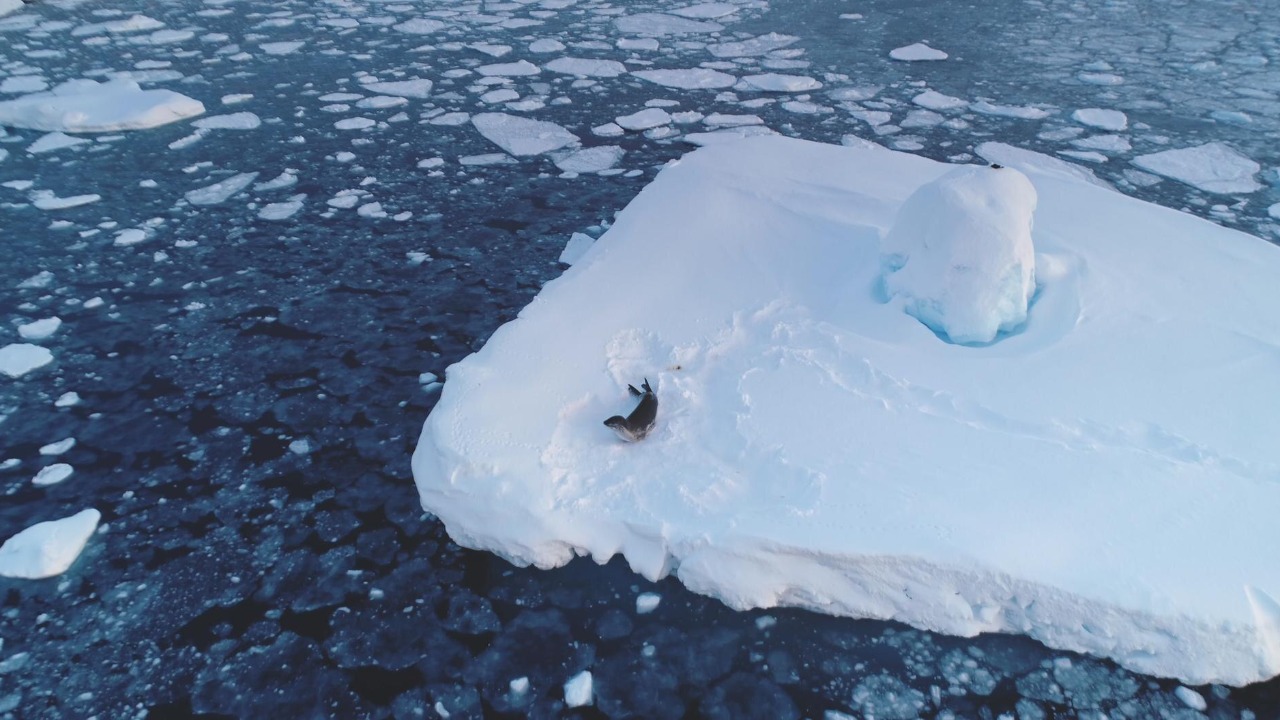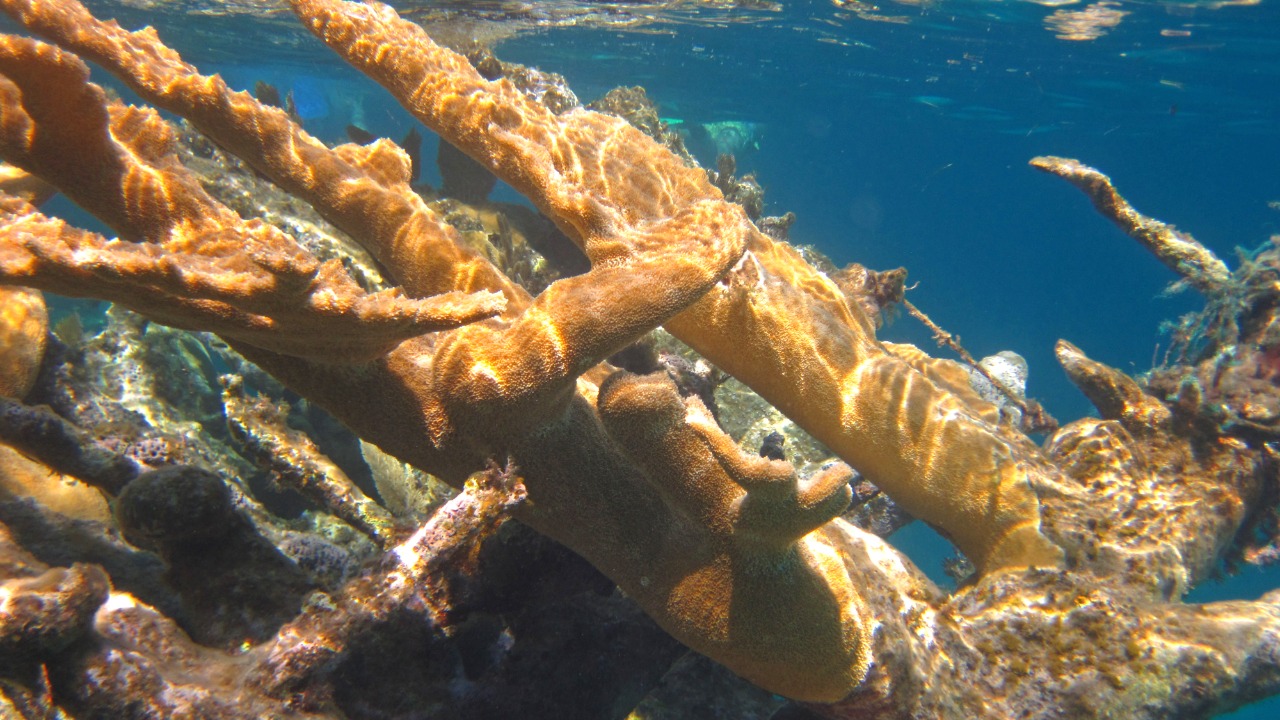
A recent discovery beneath three miles of ice has changed our understanding of life’s resilience. An ocean probe has uncovered signs of life in one of the most extreme environments on Earth, sparking excitement about the potential for life on other icy worlds. This finding not only challenges our understanding of where life can thrive but also opens up new avenues for scientific exploration.
The Significance of the Discovery

The discovery of life forms in such unexpected habitats beneath the ice is a groundbreaking revelation. The organisms found include minute bacteria and other microorganisms that have adapted to survive in the coldest, darkest, and most isolated parts of our planet. This discovery is significant because it expands the known limits of habitable environments, suggesting that life is far more adaptable than previously thought. It raises questions about what other extreme environments on Earth and beyond might harbor life.
Implications extend beyond Earth, transforming our understanding of life’s adaptability. If life can thrive in such harsh conditions here, it suggests a greater possibility that similar life forms might exist on other planets and moons in our solar system, especially those with icy surfaces and subsurface oceans. This finding has profound implications for astrobiology, as scientists now have a new model to consider when searching for extraterrestrial life. The potential existence of life in places like Jupiter’s moon Europa is gaining scientific credibility, as this NASA mission aims to explore Europa’s salty ocean.
Technological breakthroughs have played a crucial role in making this discovery possible. Advanced drilling techniques, combined with the use of autonomous probes, have allowed scientists to explore previously inaccessible regions. These technologies, developed through years of research, have enabled us to glimpse ecosystems that were once thought impossible to reach. Autonomous probes, equipped with sensors and cameras, have become indispensable tools in mapping and studying these hidden worlds.
Life Thriving in Extreme Conditions

The survival strategies employed by life forms in these extreme conditions are nothing short of remarkable. These organisms have evolved unique adaptations that allow them to endure high pressure, freezing temperatures, and complete darkness. Some bacteria have developed antifreeze proteins that prevent ice crystal formation, while others utilize chemosynthesis to derive energy from chemical reactions, instead of relying on sunlight for photosynthesis.
When compared to known extremophiles, such as those found in deep-sea hydrothermal vents or acidic hot springs, the organisms beneath the ice demonstrate a similar yet distinct ability to adapt. Known extremophiles, like the thermophiles in Yellowstone National Park, thrive in high temperatures, while the newly discovered life forms are adapted to extreme cold. This dichotomy highlights the incredible versatility of life on Earth and underscores the uniqueness of this particular discovery.
The ecosystem dynamics under the ice are equally fascinating. These life forms are part of a complex and interconnected food web, relying on each other for survival. Microbial communities might feed on chemical compounds released from the bedrock, supporting higher organisms in a food chain that remains largely unexplored. Understanding these interactions provides valuable insights into how life can sustain itself in isolation and could inform future studies on the potential ecosystems on icy moons.
The Role of Ocean Probes in Scientific Exploration

The engineering behind the ocean probe used in this discovery is a marvel of modern technology. Designed to withstand extreme conditions, these probes are equipped with advanced sensors and imaging equipment. Detailed in IEEE documents, their design incorporates cutting-edge materials and autonomous navigation systems that enable them to operate independently under the ice, collecting data and samples without human intervention.
Deep-ice exploration presents formidable challenges, primarily due to the thickness and density of the ice. Drilling through miles of ice requires specialized equipment capable of maintaining precision and stability at such depths. Overcoming these obstacles has required innovations in drilling technology, such as using hot water drilling techniques that melt the ice, creating access points for probes without contamination.
Looking ahead, future missions are poised to leverage this technology for similar explorations on celestial bodies with analogous environments. The search for life on moons like Europa and Saturn’s moon Enceladus is becoming increasingly feasible. Upcoming missions, such as the Europa Clipper, plan to use similar probes to delve beneath icy surfaces, searching for signs of life and expanding our understanding of the cosmos.
Implications for Extraterrestrial Life

The parallels between this discovery and the potential for life in the subsurface oceans of Europa and other icy moons are striking. Europa, with its thick ice crust and underlying ocean, presents conditions that are remarkably similar to those found beneath Earth’s ice sheets. The possibility of life in Europa’s ocean is supported by the resilience and adaptability of life demonstrated by this recent discovery on Earth.
This finding significantly informs the search for life beyond Earth and shapes future space missions. By understanding how life can exist in extreme conditions here, scientists can better predict where and how to look for it elsewhere. NASA and other space agencies are incorporating these insights into mission planning, focusing on environments that were once considered inhospitable.
Interdisciplinary research opportunities are flourishing as biologists, engineers, and space scientists collaborate to study these environments. The blending of expertise is driving innovation and expanding our knowledge of life’s potential in the universe. This collaborative effort is essential for developing the technologies and methodologies needed to explore these distant, icy worlds.
Ethical and Environmental Considerations

As we venture into these pristine environments, ethical considerations must be at the forefront of exploration efforts. The risk of contamination is a significant concern, as introducing foreign organisms could disrupt these isolated ecosystems. Preserving the integrity of these environments is crucial to ensure that we do not alter or destroy the very life forms we seek to understand. Scientists are working diligently to develop protocols that minimize contamination risk during exploration.
Balancing exploration and conservation is a delicate task. While the quest for knowledge drives scientific inquiry, it is imperative to ensure that research does not come at the expense of environmental preservation. Efforts are underway to develop sustainable exploration practices, incorporating policies that prioritize conservation and ethical responsibility.
Existing policies governing such explorations are being re-evaluated in light of new discoveries. The dynamic nature of scientific exploration necessitates updates to regulations that address emerging ethical and environmental challenges. This proactive approach aims to protect both our planet and the potential ecosystems beyond it, ensuring that future generations can continue to learn from and explore these incredible environments.